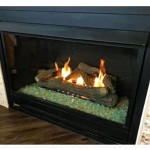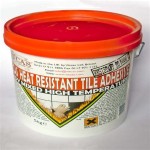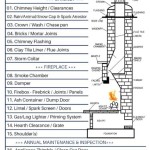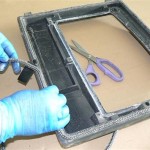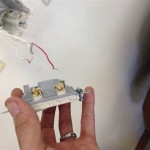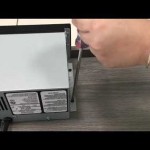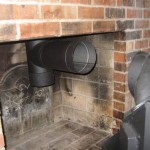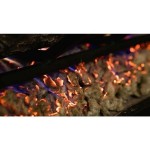B-Vent Fireplaces: A Comprehensive Guide
B-vent fireplaces, also known as direct vent fireplaces, are a popular choice for homeowners seeking the warmth and ambiance of a traditional fireplace without the drawbacks of traditional open fireplaces. These fireplaces feature a sealed combustion system that draws fresh air from the outside and vents exhaust gases directly to the outdoors, offering improved efficiency and safety compared to open fireplaces. This article will delve into the workings, advantages, and considerations of B-vent fireplaces, providing essential information for homeowners making fireplace decisions.
How B-Vent Fireplaces Work
Unlike open fireplaces that draw combustion air from the room, B-vent fireplaces utilize a sealed system that prevents air from entering the room. Fresh air is drawn from the outside through a dedicated vent pipe, providing oxygen for the fire. After combustion, exhaust gases are channeled through the same vent pipe and released outdoors. This closed system eliminates the risk of smoke and fumes entering the living space, creating a cleaner and more efficient burning environment.
The vent pipe typically runs vertically through the wall or roof, often extending to a connector on the exterior of the house. This dedicated vent system ensures efficient removal of exhaust gases, minimizing the potential for carbon monoxide buildup and improving air quality within the home.
Advantages of B-Vent Fireplaces
B-vent fireplaces offer several advantages over traditional open fireplaces, making them a desirable choice for many homeowners. Some of the key benefits include:
Enhanced Efficiency
B-vent fireplaces utilize a sealed combustion system that prevents heat loss through the chimney. This closed system allows for greater heat transfer to the room, resulting in higher efficiency compared to open fireplaces. This improved efficiency translates to lower fuel consumption and reduced heating costs for homeowners.
Improved Safety
The closed combustion system of B-vent fireplaces significantly enhances safety by preventing smoke, fumes, and carbon monoxide from entering the living space. The dedicated vent pipe efficiently removes combustion byproducts, reducing the risk of health hazards and improving indoor air quality. Moreover, B-vent fireplaces feature safety features such as automatic shutdown mechanisms in case of backdrafting or airflow issues.
Convenience and Versatility
B-vent fireplaces are designed for ease of use. They often feature remote control capabilities for convenient ignition and flame control. With their versatility, these fireplaces can be installed in various locations within the home, including living rooms, bedrooms, and even basements, as long as there is access to an exterior wall or roof for venting.
Considerations for Choosing B-Vent Fireplaces
While offering numerous advantages, B-vent fireplaces do come with certain considerations that homeowners should be aware of before making their purchase decision:
Installation Costs
B-vent fireplaces require professional installation due to the complex venting system. Installation costs can vary depending on factors such as the size and location of the fireplace, as well as the complexity of the venting requirements. This aspect is an important factor to weigh against the potential long-term savings from increased efficiency.
Venting Requirements
B-vent fireplaces must be installed with a dedicated vent pipe that extends to the exterior of the house. The length and configuration of the vent system are determined by building codes and manufacturer specifications, and homeowners should carefully consider the potential impact on architectural aesthetics and exterior design.
Aesthetic Considerations
B-vent fireplaces come in a wide range of styles and designs to complement various decor preferences. Homeowners should consider the size and style of the fireplace to ensure it harmonizes with the existing interior design.
Conclusion
B-vent fireplaces offer a compelling combination of efficiency, safety, and convenience for homeowners seeking the benefits of a fireplace without the drawbacks of traditional open fireplaces. By understanding the workings, advantages, and considerations of B-vent fireplaces, homeowners can make an informed decision that aligns with their needs and preferences.

Vented Vs B Vent Direct Free Dixie S

Direct Vent B Gas Free S Mazzeo Stoves Fireplaces

Bbv Series B Vent Gas Fireplace Dunrite Chimney And Stove

Majestic B Vent Gas Fireplace Reveal

Empire Keystone Deluxe 34 B Vent Gas Fireplace Bvd34fp North Country Fire

Empire Keystone Deluxe 36 B Vent Gas Fireplace Bvd36fp North Country Fire

B Vent Gas Fireplaces Natural Free Advice

Superior 36 Inch B Vent Radiant Gas Fireplace Brt4336 North Country Fire

B Vent Gas Fireplaces Stoves S Godby Hearth And Home

Empire 34 Inch Keystone Deluxe Natural Gas B Vent Fireplace With Louvers Millivolt
Related Posts

